The global fashion industry was left in shock on Wednesday after U.S. President Donald Trump announced a sweeping set of tariffs, the highest and most comprehensive in nearly a century.
These tariffs, which will affect many of the largest apparel manufacturing hubs, are expected to disrupt supply chains and significantly raise costs for fashion companies in the U.S.
Trump announced a baseline 10% tariff on all imported goods, with much higher tariffs targeting roughly two dozen countries where the U.S. runs a trade deficit. The most severe tariffs were imposed on major fashion production centers, including Vietnam, which will face a 46% tariff, Cambodia at 49%, and Bangladesh at 37%. China, already subject to tariffs, will see its rate rise to 54%, and the European Union will be hit with a 20% duty.
The tariffs are expected to significantly impact U.S. fashion brands and retailers, especially those relying on imports from these countries. "We are deeply disappointed by the Trump Administration’s decision to impose new tariffs on all imports," said the United States Fashion Industry Association in a statement, warning that the new duties will particularly hurt American fashion businesses.
The stock market reacted swiftly, with shares of major fashion brands like Lululemon, Nike, and Ralph Lauren dropping by 7-10%, while other companies like Tapestry and PVH Corp. also saw significant declines. The new duties, following Trump’s previous tariffs on goods from China, Mexico, and Canada, are expected to raise costs for businesses that rely on imports, which make up over 98% of clothing sold in the U.S. and about 99% of footwear.
Fashion companies will now have to decide whether to absorb the increased costs or pass them on to consumers through higher prices. This decision comes at a time when U.S. consumer confidence has already dipped, exacerbated by inflation and economic uncertainty. "More tariffs equal more anxiety and uncertainty for American businesses and consumers," said David French, executive vice president of government relations for the National Retail Federation.
Luxury fashion brands are particularly vulnerable, as they often rely on international manufacturing and have already faced rising prices in recent years. LVMH, a major luxury player, operates factories in the U.S., but most luxury goods are still produced abroad. Analysts have predicted that the tariffs will lead to higher costs, potentially dampening demand from middle-income consumers while not significantly affecting high-end spending.
Sportswear brands, which had already shifted production away from China in the face of previous tariffs, are now seeing their costs rise again. Nike, which sources 50% of its footwear from Vietnam, and other brands like On, which produces 90% of its shoes in Vietnam, will face increased tariffs on their imports from these countries.
The fashion industry, which relies on a global supply chain, will now have to navigate through an increasingly complex set of challenges. The full impact of the tariffs is still unfolding, but the cost of doing business in the U.S. is set to rise significantly, with potential ripple effects across the entire industry.


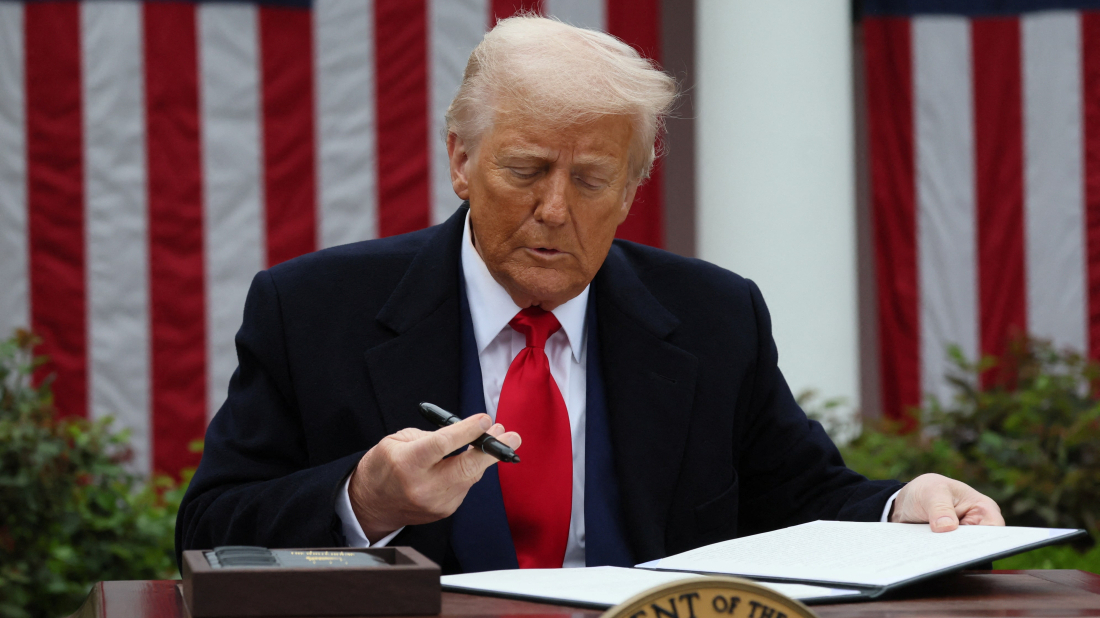
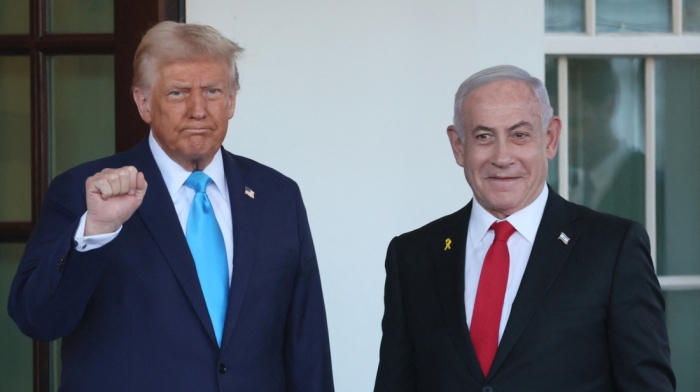
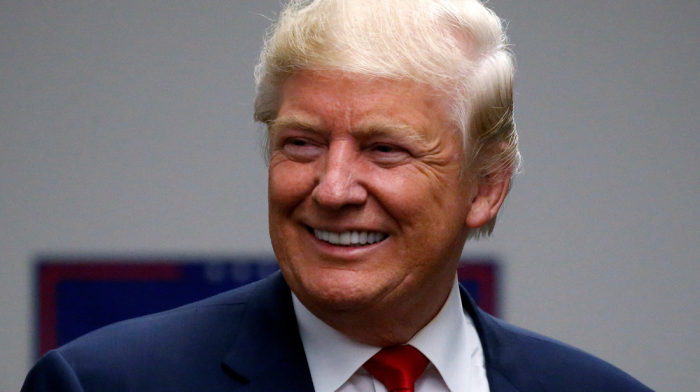


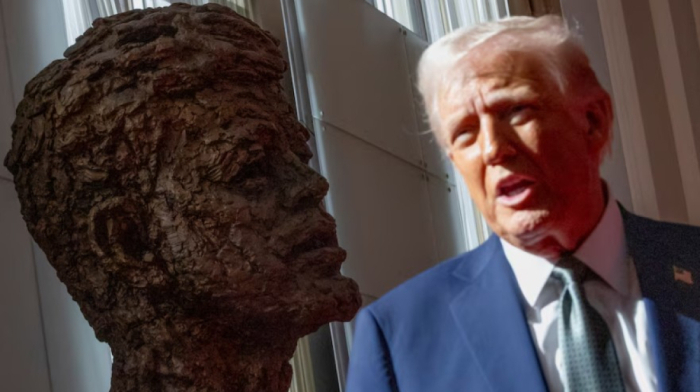
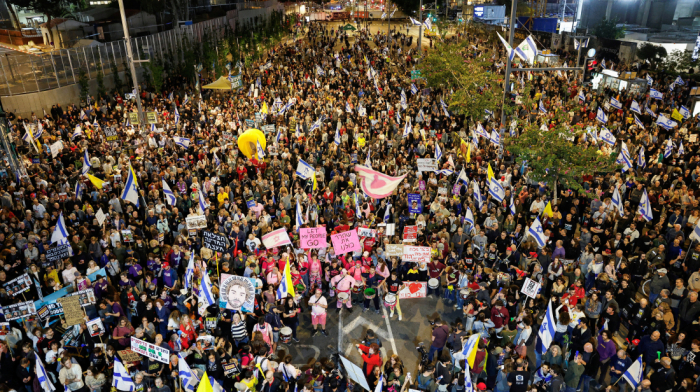

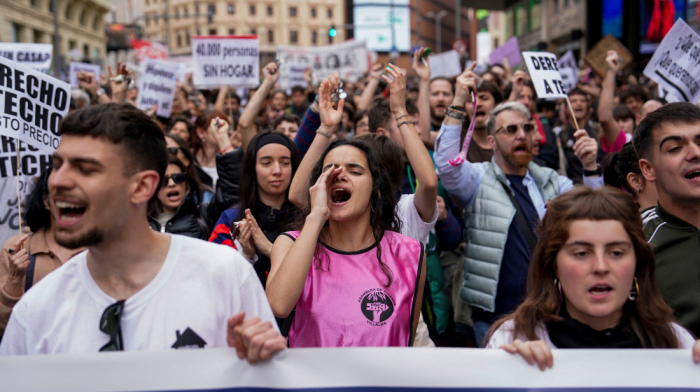



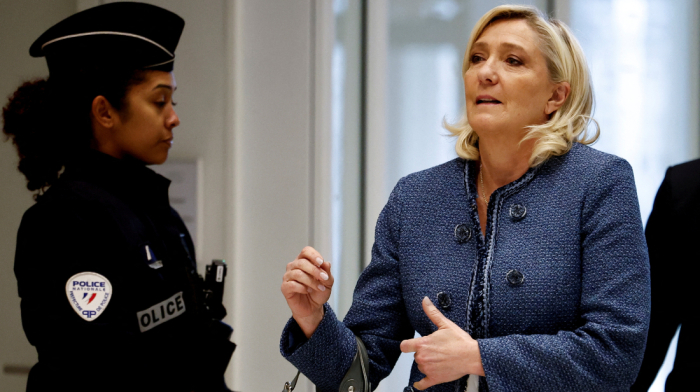



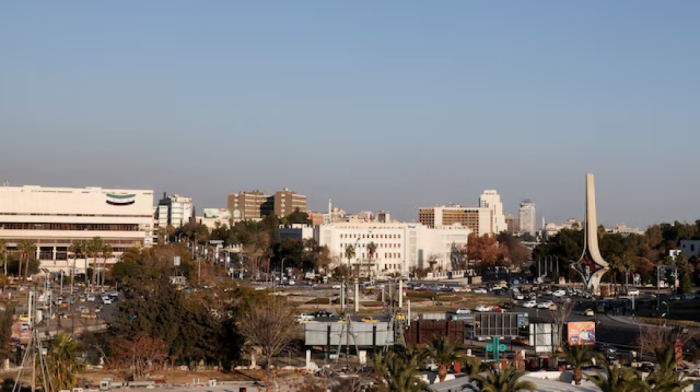
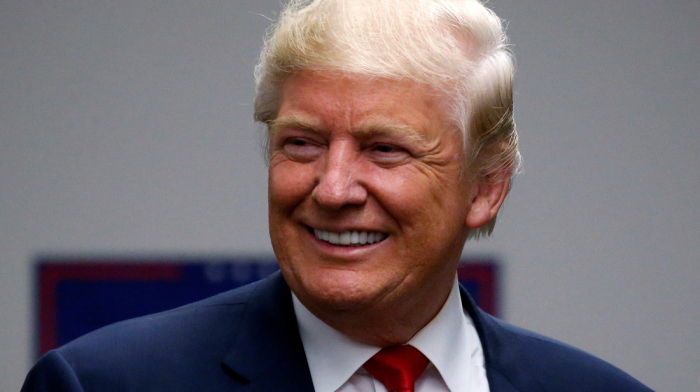


What is your opinion on this topic?
Leave the first comment